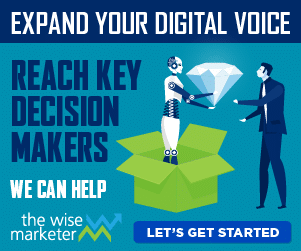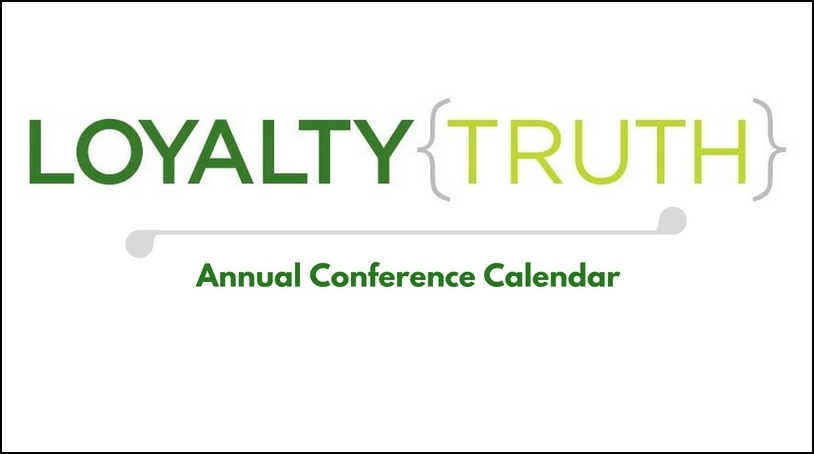One test of social media effectiveness is whether people are listening to each other and relationships are being built. Some of the social networks I participate in are prone to shouting, with little evidence of people listening. Probably because of LinkedIn’s professional networking positioning, people tend to not only listen, but respond, contribute, and share.
I recently asked a question on LinkedIn about how people prefer to communicate. Since most of us (Boomers) have grown up with Outlook as our mail client, we rely on email as our primary communications channel for business. With the introduction of social networks and micro-blogging sites, we have more options these days, and I now receive a stream of messages from within the framework of LinkedIn, Facebook, and Twitter.
It’s all good, but I question the efficiency of having to keep up with multiple communications streams and constantly evaluate which ones are contributing to real business as opposed to sopping up precious time only to be rationalized as building my personal brand. I also wondered if members of Generation Y would choose differently than other demographics. So I asked:
“Which channel is your preferred one for regular communication? How do you decide when to message from email, LinkedIn, or Facebook? Why aren’t more of us using Twitter to stay in touch in “real time”? Please address as much or as little of this as you can. Your responses are highly valuable.”
I received a healthy dose of responses and any shortfall in numbers was overcome by the passion of the replies. I categorized responses in 7 categories: Face to Face, Phone, Email, LinkedIn, Facebook, Twitter & Skype. Percentages reported are based on the number of responders to the total who indicated they regularly used the channel.
Predictably, Email won out with 75% indicating it was a principle communications tool. More interesting was that Facebook (37.5%), the Phone (37.5%), and LinkedIn (33.3%) ran almost a dead heat as a second priority. Face to Face meetings pulled a 20.8% figure but the low number could have been influenced by the way the question was written.
In the case of this modest survey, the qualitative remarks were the highlight.
The pros and cons of Email were noted: “Email is preferred for in-depth dialogues and information sharing experiences”, though “In an email, I can’t read inflections or any other visible signs. Also, I don’t know how long they have been polishing their answer to me – 5 seconds or 15 minutes. Finally, email is to easy to ignore by the receivers”.
Other channels had their lovers and haters:
Social Networks:
- “Social networking sites are good for mass, impersonal communications”
- “I prefer Twitter (and LinkedIn) for 1:many”
LinkedIn:
- “Linkedin … never lose a message, easy to find responses”
- “Due to the time constraints I primarily try to stick within the LinkedIn network”
Skype:
- “Used more than any other form of communication for voice, IM, and text”
- “Skype video conferencing for more in-depth communication”
Twitter:
- “Public and direct messaging through Twitter opens up totally new channels of communication and new ways to network”
- “Twitter is for twits, twerps, twots and who dunits”
- “As for Twitter, I generally think it’s impractical for most business use”
Facebook:
- “Facebook is extremely productive for groups – both public and private”
- “I personally see Facebook as a recreational tool, not a productivity tool”
Amidst the passion, I was reminded that relationships trump any favored technology ” Virtual communication … is not a substitute for the value of in-person or live voice-to-voice intimacy. When you really need to “talk”, make a date, Skype, meet in person, or speak by phone.”
And, even though F2F meetings didn’t pull big numbers, I couldn’t help but weight this vote with a healthy dose of common sense: “There is, and always will be, only one preferred method of communications. Eye ball to eye ball. Mano to mano. Look ’em straight in the eye and make ’em an offer they can’t refuse.”
No, Al Pacino is not in my network.
The response continued: “So, meet me at the bar, at the race track, on the golf course or over a hot game of poker. Look me in the eye and tell me what’s really happening. But be careful. I’ll know instantly if you’re full of @#it.”
With that sobering instruction, I was ready to call the Queen of Networking, Andrea Nierenberg to brush up my people skills.
One of the responders emphasized that synthesizing options would yield the best results: “With all of these … ways to communicate, it really comes down to finding about 3 tools to serve your purposes, personal, business, a cross-over or hybrid of both, and being able to cover all that from a mobile perspective is really the best marriage of tech and social media….relevant is the keyword”
Relevancy and suitability to task, these seem to be the umbrella learnings of the day, summed up with this practical advise “Of course as in anything in life, it all depends on the situation. Face to face is ideal and so is the telephone to really hear and connect. I use all forms as part of the communication.”
My thanks goes out to all the people in my LinkedIn network who responded to the question. I’ll never stop learning and hope you won’t either.
 Previous Article
Previous Article



